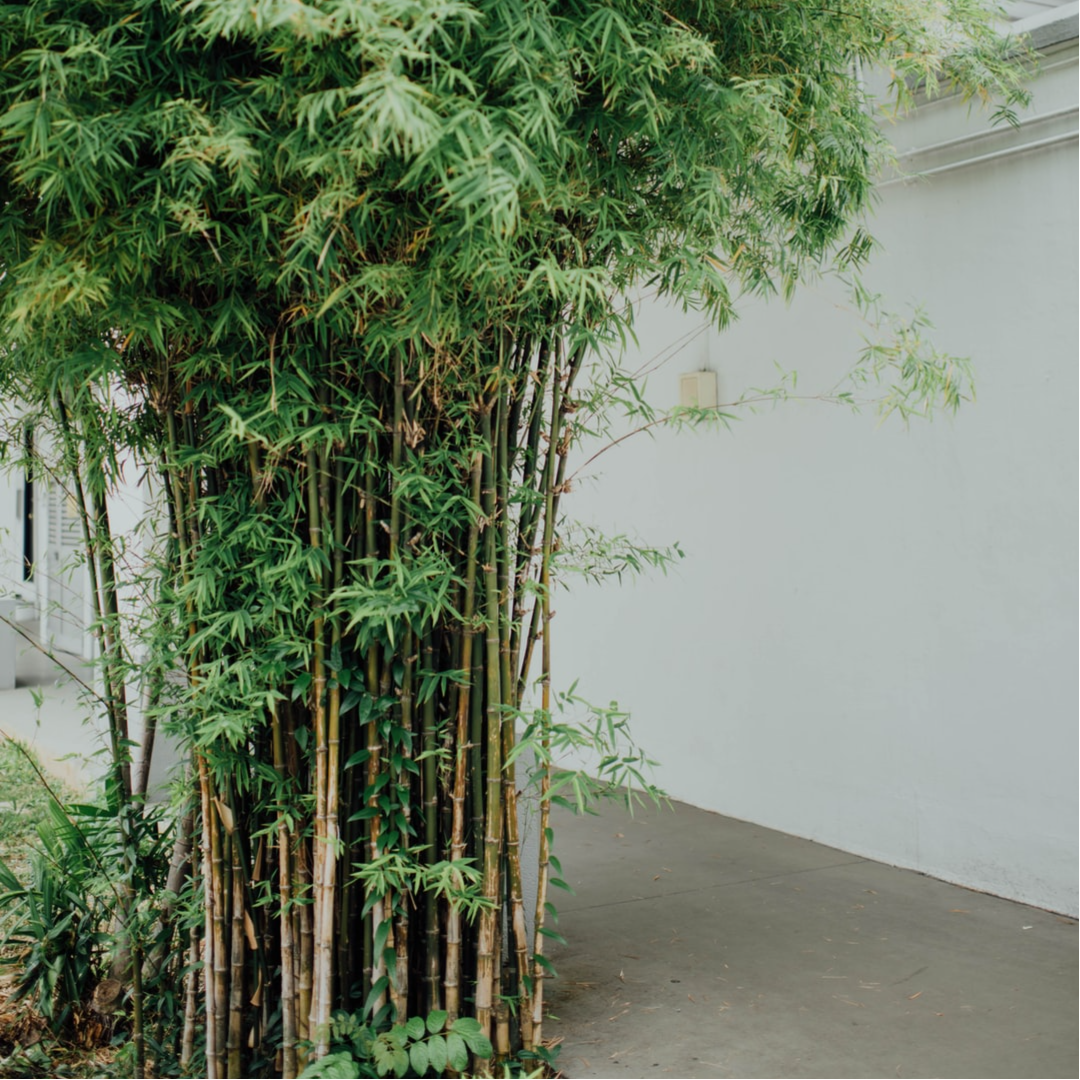Last Updated on April 8, 2024 by Real Men Sow
Bamboo is a fast-growing, elegant, and durable plant that can be used to cover walls, create privacy screens, and adds verticality to the landscape. The canes make gentle music when they brush against each other, as the wind blows. It’s easy to propagate a bamboo plant if you have it in a pot, or on the ground. You can cut sections of the stem off and replant them. This is called culm segment cutting. These sections form new roots and clone the parent plant.
Things You Will Need
- Pruning shears
- Shovel
- 6-inch pot
- Potting soil
Steps For Growing Bamboo from Cuttings
1. Cut a bamboo cane into sections
It should have two to three nodes. These are the areas along with the bamboo cane from which the leaves grow. To find a node, look for the bamboo to flare out and have a slight division. This can be done with a bamboo stick that is at least one to two years old and 1 inch in diameter. It will then be strong enough to grow a new plant.
2. Cut as Many Culm Sections
You can cut as many sections as you like for replanting. Each section will become a new plant. To make up for possible loss, rot, or failure to establish root, add a few more.
3. Remove Foliage from the Culm Cutting
Use a pair of clippers to trim the foliage from the culm cutting.
4. Dig a hole in the ground
Choose the best location for your bamboo. You may fill a 6-inch nursery container with potting soil or dig a hole in the ground.
5. Plant
Place the culm section in soil, with only one or two nodes covered. Place the culm section in the soil at a 45-degree angle or vertically in the pot.
6. Maintain Damp Soil
You should water the soil when it feels dry. Within one month, new growth should be visible.
Reminders
- Bamboo cuttings are best transplanted in the fall, at the start of the rainy season. Make the most of the rainy months to start your bamboo cuttings. Keep the culm sections hydrated if you plant in spring and summer. Do not let them dry, as they can become dry and die.
- True bamboo belongs to the Poaceae grass family. Lucky bamboo is another houseplant that is often grown. It is not actually bamboo. This is not bamboo. If you do, your cutting and planting efforts won’t work.
- Cut at 45 degrees. You can also apply rooting hormone to your cutting to promote faster growth.
Warning
- You should look for types of clumping bamboo. Running bamboo spreads quickly, making it difficult to contain. Although crawling bamboo spreads faster than running types, it is more gradual and can be more easily contained.
- To prevent the spread of disease and pests to newly cut bamboo stalks, always clean your shears with a mixture of 1 part bleach to 3 parts water.
Other Ways
Growing Bamboo From Cuttings in Water
- Cut several 10-inch long pieces from new growth with at least 2 nodes and 2 internodes to grow bamboo. With a sharp knife, cut it at a 45-degree angle.
- Dip the cuttings in melted wax. Then, place the cuttings in the water. Leave it for several weeks in a well-lit area.
- Water that is not changed every two days should be replaced, as it will rapidly run out of oxygen.
- Once the cuttings reach 2 inches in length, place them in a pot. To improve drainage, fill the pot with a potting mixture or a mixture of 1 part loam with 1 part sand. Place the cutting in the hole made in the pot.
- Tie the bamboo cutting to a string with string for support. This will help stabilize the bamboo cutting and allow it to establish itself.
Growing Bamboo From Rhizomes
- Use a garden knife to cut bamboo Rhizomes into pieces. Leave two or three growth buds. Rhizomes that are dark or patched may not grow well.
- Place the bamboo rhizomes horizontally in pots, with the buds facing upwards. Place a 3-inch layer on top of them, and water well until the soil appears deeply moist.
- The container should be placed in a sunny spot. The soil should be kept moist. Don’t overwater the rhizome cuts; they will eventually rot.
- It will take approximately four to six weeks for rhizomes to grow. Once the nighttime temperatures drop to 55°F, you can plant them outdoors.

